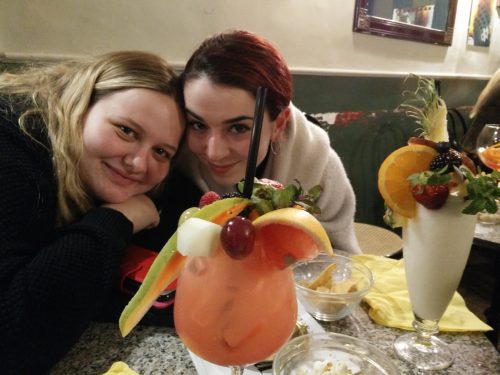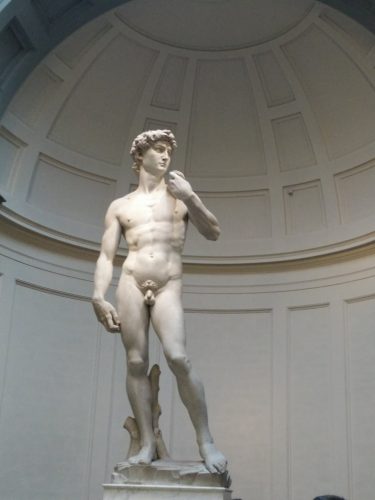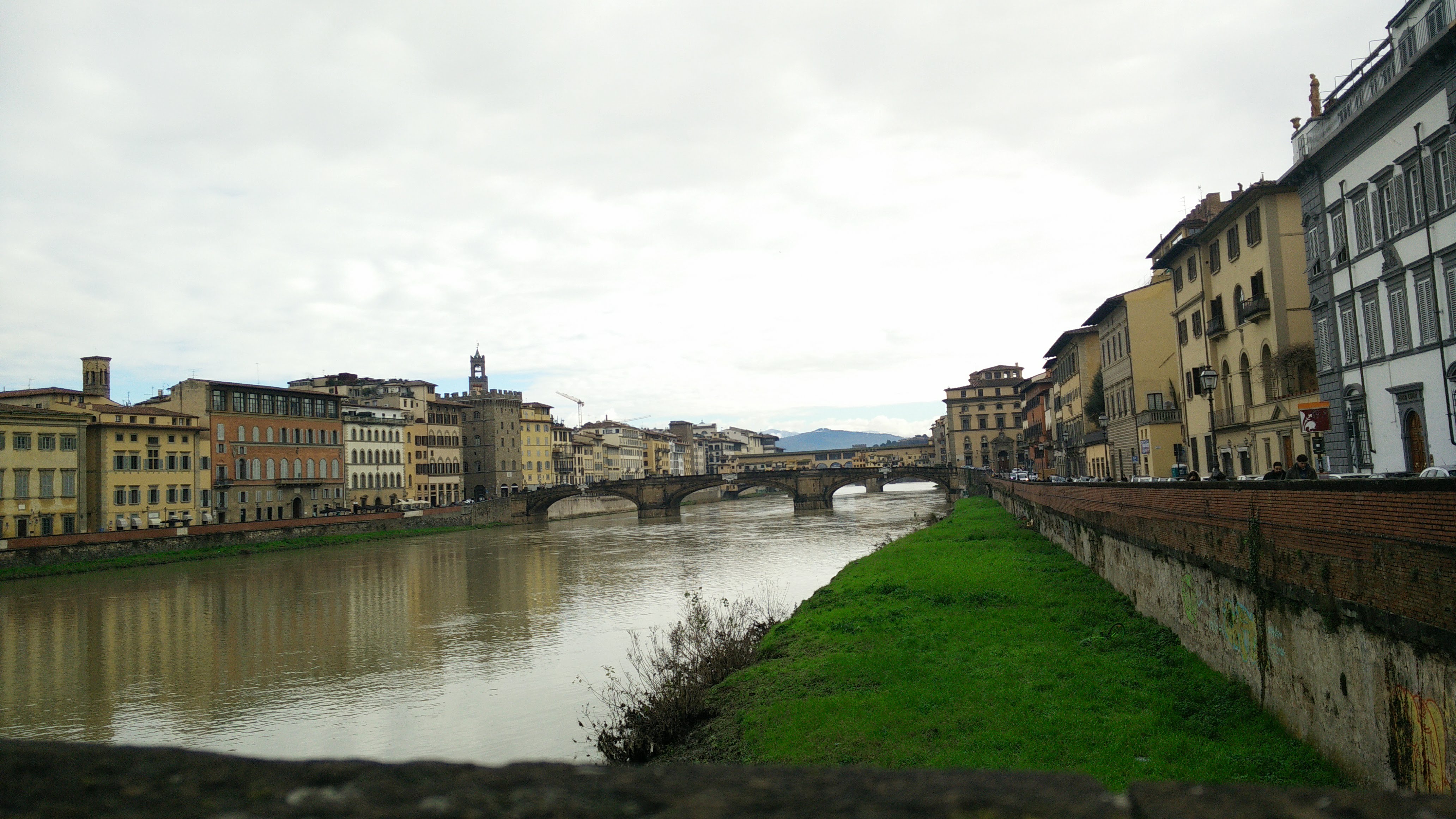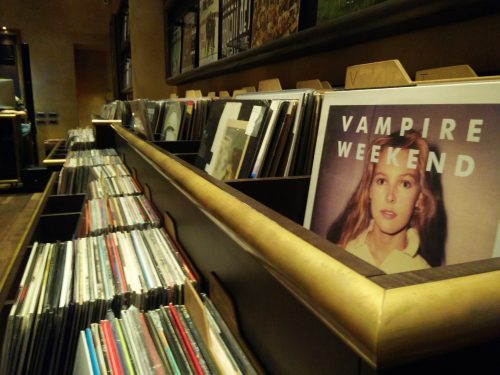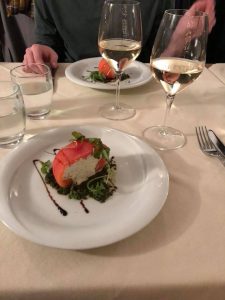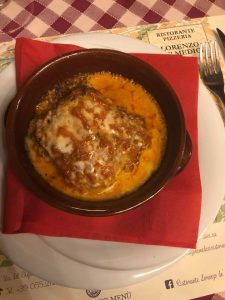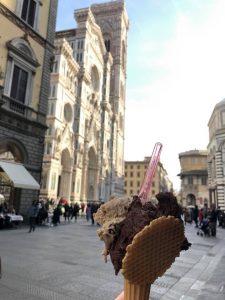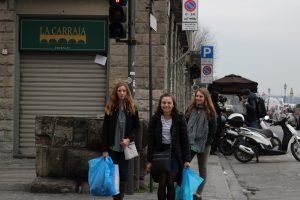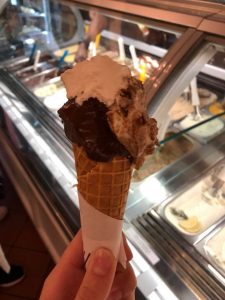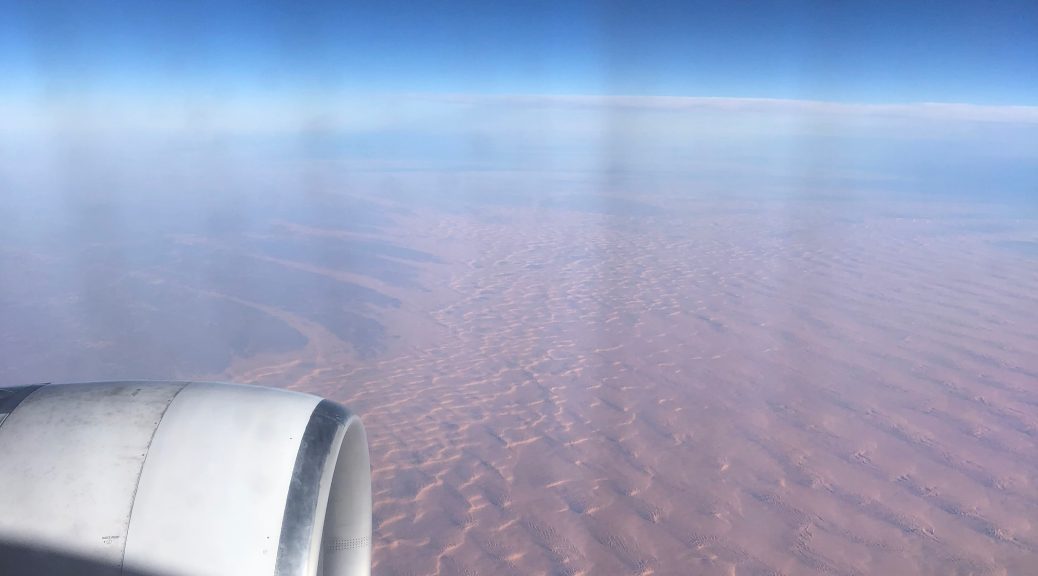
Mundane and Sweaty: A Day at UG Legon
My first week at the University of Ghana has been surreal, and I’ve found it hard to put my thoughts into writing. I want to be able to share my deep thoughts and reflections with you, dear reader, but the words won’t come. I am experiencing both elation and disappointment, successes and failures, wellness and illness.
Instead of attempting to interpret these reactions so soon into my time here, I’ve thought it might be interesting to share what a normal day at the University of Ghana looks like.
______________
My earliest class is at 7:30. The walk from the International Student Hostel (ISH) to the International House is just over a mile, and it takes around 30 minutes to make the trip. My alarm goes off at 6 and I sleep through it until like 6:30 because I’m a lazy American. I bring my roll of toilet paper, toothpaste, toothbrush, and face wash to the communal bathroom across the hall.
My roommate Emma and I live on the third level of the hostel. We leave our room and attempt to lock our door (it locks about 45% of the time) and head downstairs.
The hostel looks like a huge structure from the outside, but is built in a style fit for the hot climate with all rooms facing an open courtyard on the inside and a patio on the outside. My patio faces south, away from the rest of UG’s campus.
We head north, passing a market that doesn’t open until mid-morning, a convenient store, a few ATMs, and eventually campus buildings. Sometimes we walk on sidewalks, sometimes on the road, sometimes along red paths in the earth. The sun rises as we approach the International House.
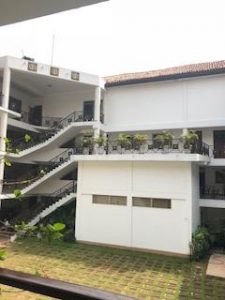
We walk into our (air conditioned!) classroom for Twi, a language in the Akan family commonly spoken in Greater Accra. After two hours of “Mepaakyɛw, wo ho te sɛn?” I have a history class in the main lecture hall on campus. By the time the lecturer finishes, it’s almost noon.
The sun hits its peak at around 11:30am and doesn’t quit until after 4pm. The temperature often reaches over 34°C, around 100°F. It’s around this time that I usually get sunburn because I forgot to put sunscreen in my backpack. Sometimes I don’t even carry my backpack because it just makes my back sweat uncontrollably. Midday is obviously when y’all can catch me at my most glamorous.
If I don’t have a particularly busy day, I usually stop by Bush Kanteen to get jollof or waakye with roasted plantains for 3 Ghanaian cedi (less than 1 USD) before going back to ISH. If I really don’t have a busy day, I do my favorite thing and take a nap while it’s hottest outside.
Before dinner, I bring my laptop or a book down to a long table in ISH where there are usually half a dozen people to hang out and chat with. If I’m hungry there’s a kitchen on the ground floor staffed by three Ghanaian women where they make anything from instant coffee to fried rice to tuna sandwiches and french fries. I might follow a group of folks to the night market nearby for dinner, or maybe just for a fresh mango or pineapple cut up by a vendor.
By that point in the evening, it’s “cool” by Ghanaian standards. It usually dips to 23-25°C (73-77°F) and a light breeze moves through the open air hostel. After a cold shower I spend time in my room, reading or journaling or chatting with Emma. I tuck my blue mosquito net under the sides of my mattress and fall asleep to the rhythm of the creaky ceiling fan above me.
______________
I don’t know if I expected every day here to be a thrill of adventure, new sights and sounds, and amazing new people. It’s true that I think it’s beautiful here, and I’m enjoying myself, and those I’ve met have been lovely, but at the end of the day things feel normal. A normal day in Accra is not much different from a normal day in Chicago – one is just a little bit colder than the other.
I like being a student here. I love that I’ve had the opportunity to take the trips that I’ve taken so far (I think I’ll go into those in a forthcoming post), but I like that things otherwise feel mundane. I think these are the baby steps toward making this new place feel like home.
Thanks for listening.

Until next time,
Anna
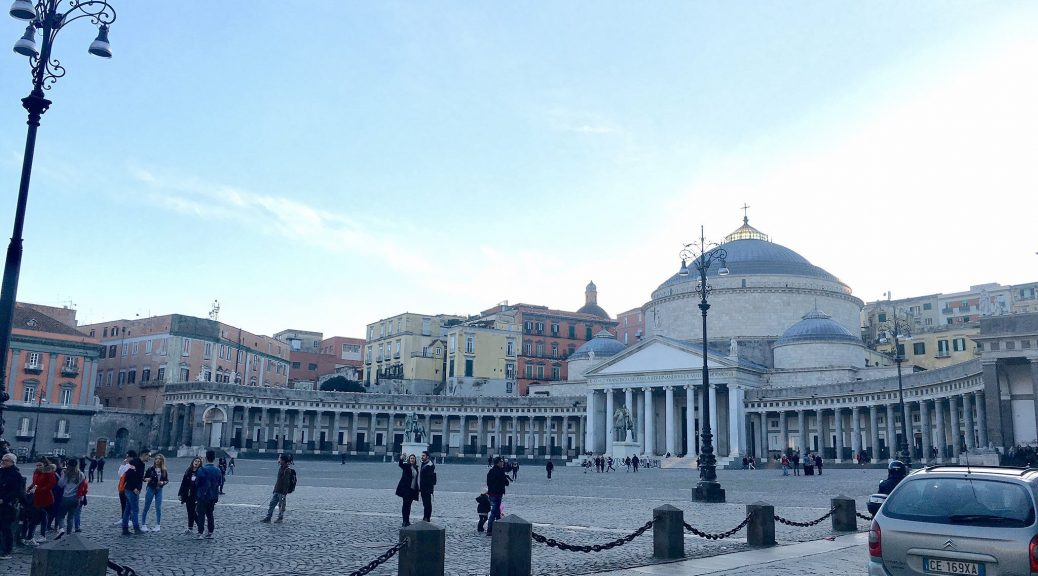
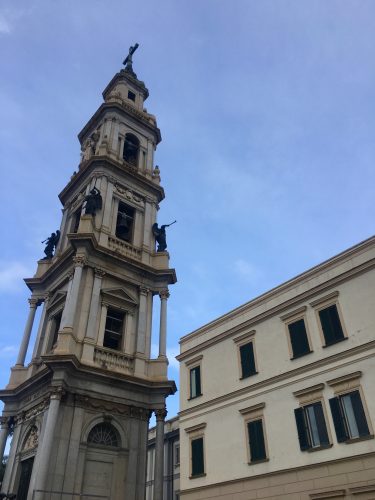
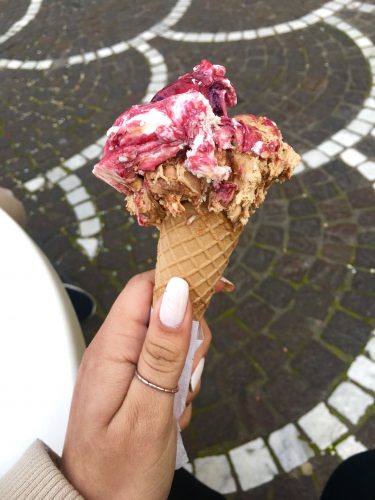

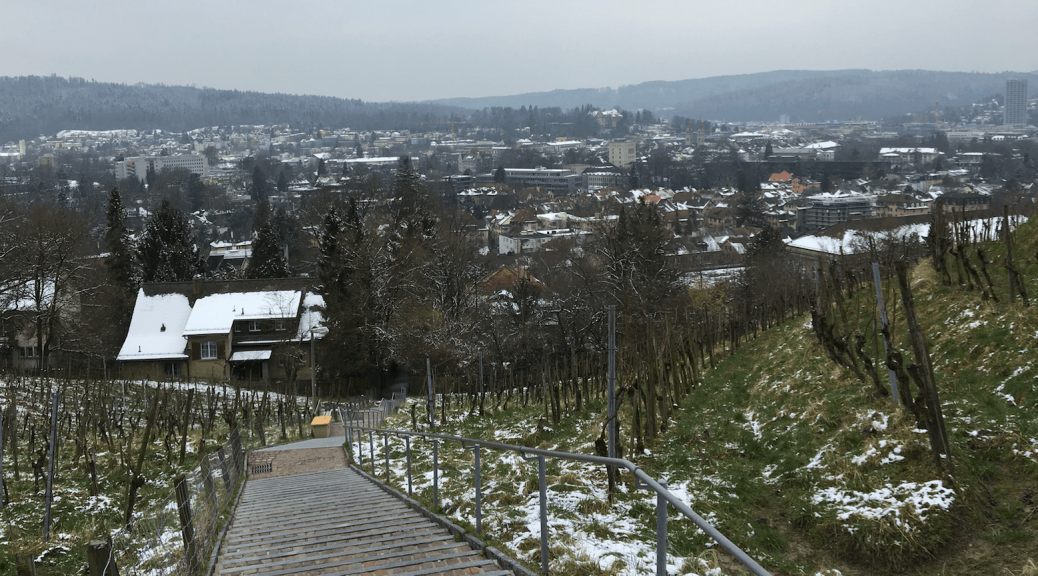
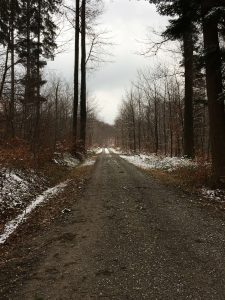
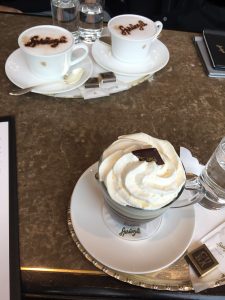
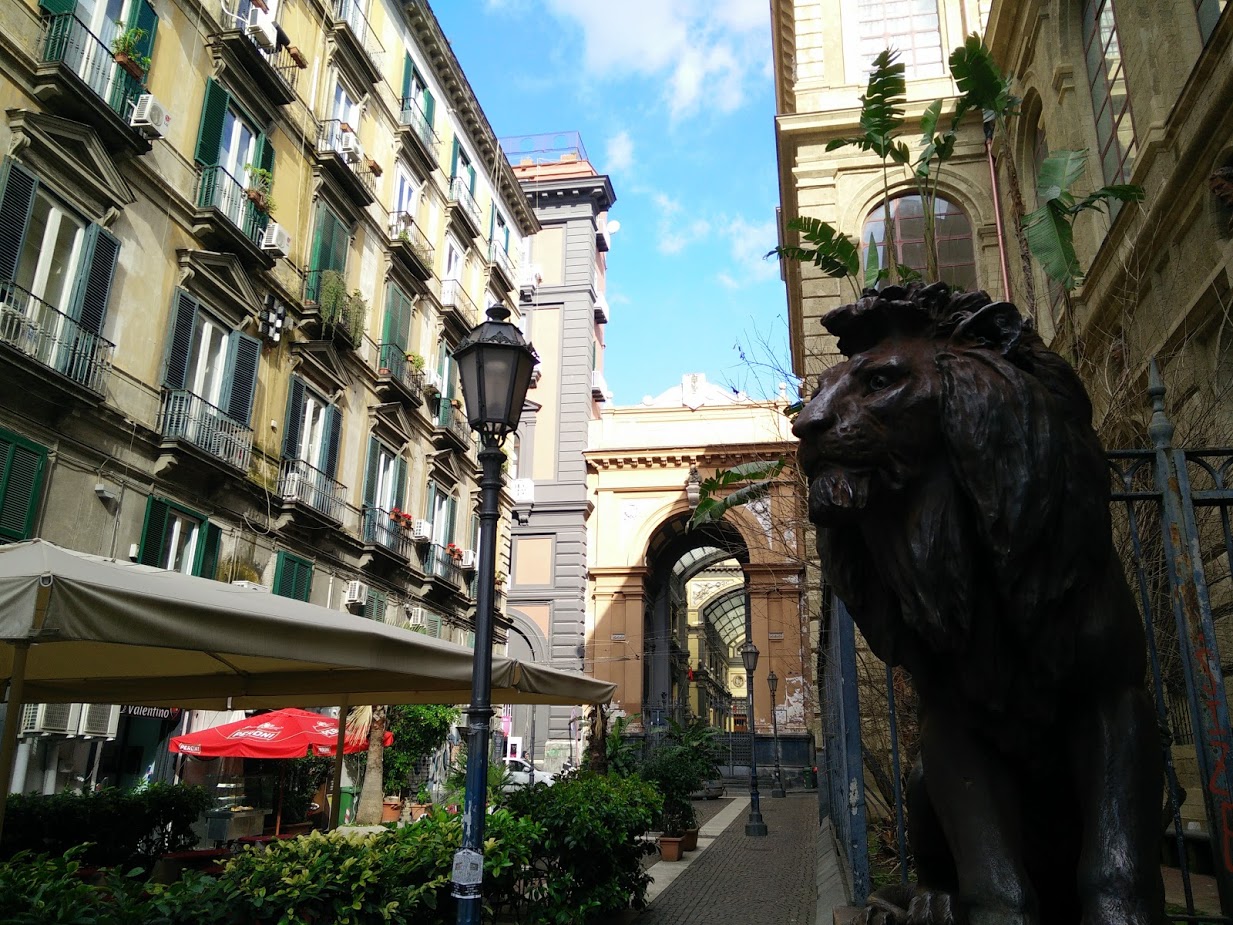 The Courtyard of La Accademia What the ancient aqueducts had looked like
The Courtyard of La Accademia What the ancient aqueducts had looked like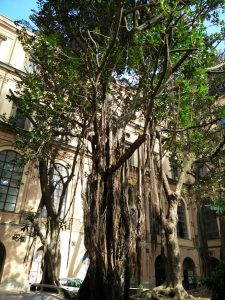

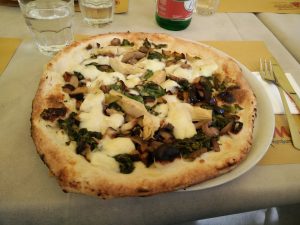
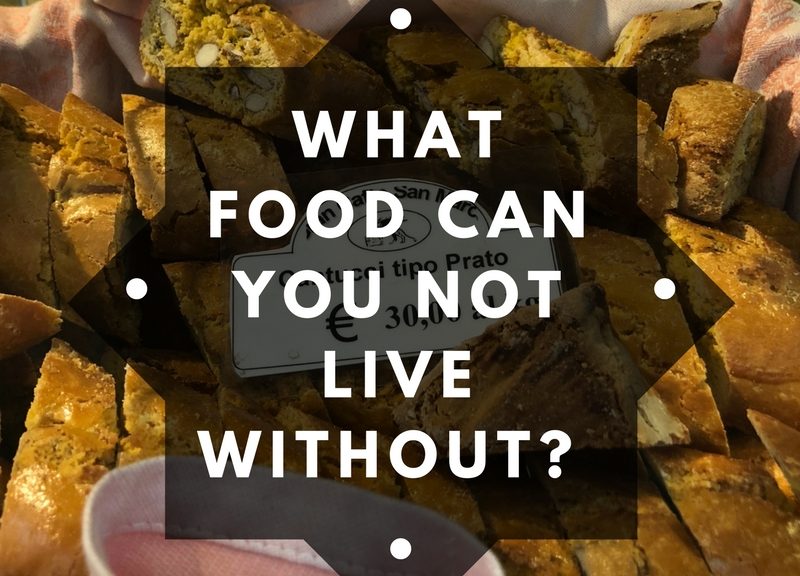
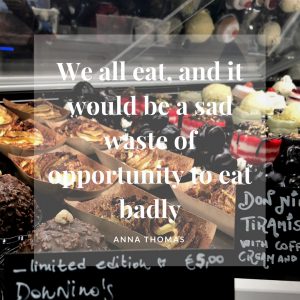 From there I can schedule which posts go on Facebook and Twitter by plugging that bucket into whatever time slot I want. I’ve used MeetEdgar twice, but now I think I’ve got a much better understanding of how it works. Then there is Instagram where I need to be posting every Monday, Wednesday, and Friday at a time I think would reach the most followers. This would be fine if I had images to share. The Roman Guy is a fairly new company so they don’t have a ton of their own pictures. This being said, I need to be going out and taking pictures myself of the various foods and fresh food markets that are in Rome. I’m finding this difficult because I don’t have any income so I can’t always be going out to different places to take amazing food pictures for my posts. With these pictures I do manage to take, I have to create multiple images with polls, quotes, questions, etc. to post at scheduled times. It’s also hard because a lot more time is needed, in my opinion, than the 10-hour average per week that is recommended. It feels heavy especially when also managing school work. This is leaving my content not as amazing as I would like it to be (see attached images). Additionally, it’s my responsibility check on these social media accounts and interact with our followers. I won’t lie
From there I can schedule which posts go on Facebook and Twitter by plugging that bucket into whatever time slot I want. I’ve used MeetEdgar twice, but now I think I’ve got a much better understanding of how it works. Then there is Instagram where I need to be posting every Monday, Wednesday, and Friday at a time I think would reach the most followers. This would be fine if I had images to share. The Roman Guy is a fairly new company so they don’t have a ton of their own pictures. This being said, I need to be going out and taking pictures myself of the various foods and fresh food markets that are in Rome. I’m finding this difficult because I don’t have any income so I can’t always be going out to different places to take amazing food pictures for my posts. With these pictures I do manage to take, I have to create multiple images with polls, quotes, questions, etc. to post at scheduled times. It’s also hard because a lot more time is needed, in my opinion, than the 10-hour average per week that is recommended. It feels heavy especially when also managing school work. This is leaving my content not as amazing as I would like it to be (see attached images). Additionally, it’s my responsibility check on these social media accounts and interact with our followers. I won’t lie , I feel pretty discouraged.
, I feel pretty discouraged.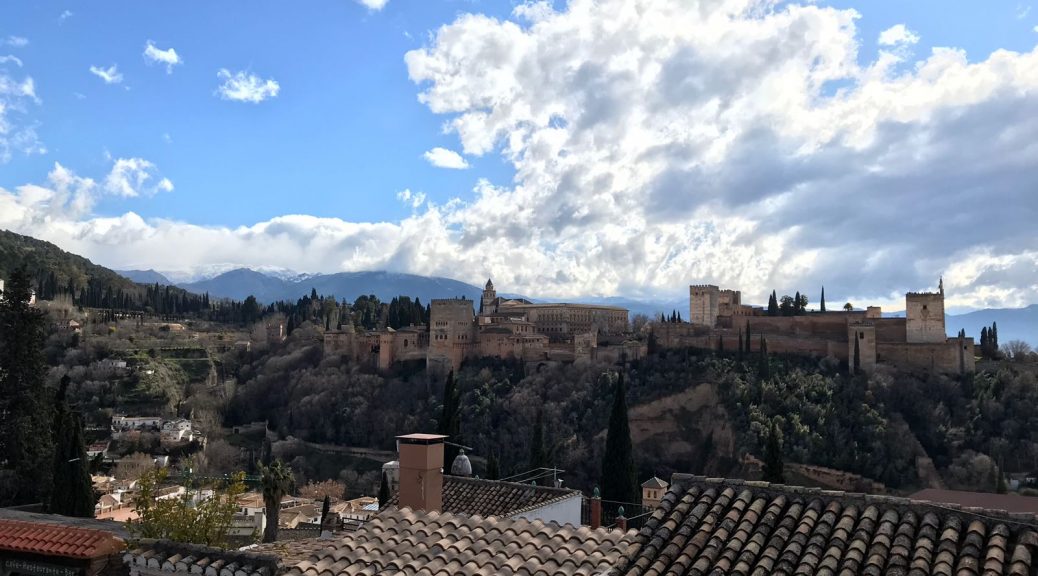


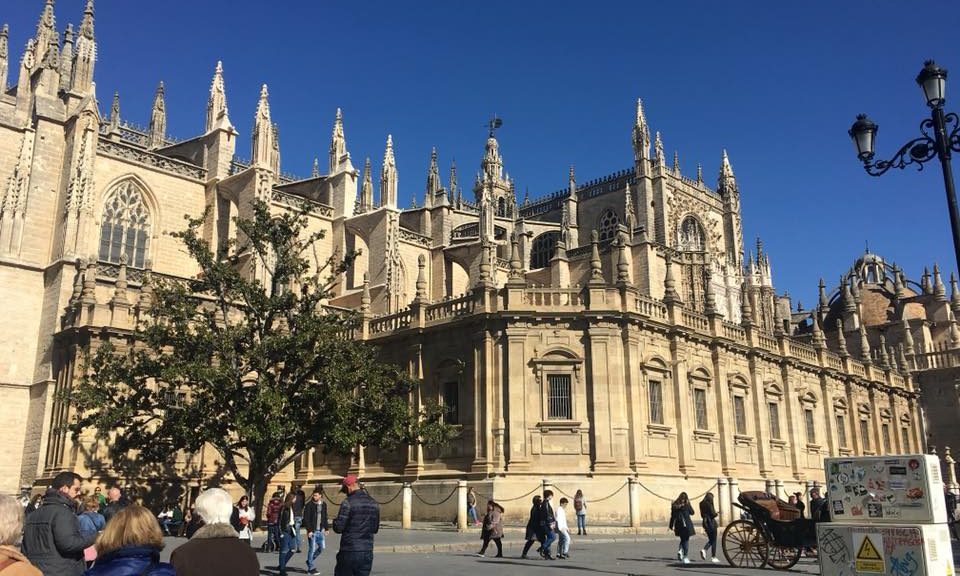
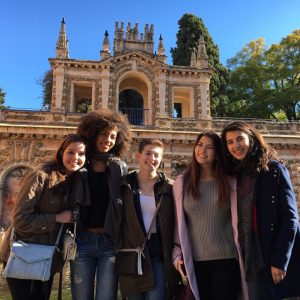 Here are me and my friends Cady, Sofia, Kim, and Alyssa at the Real Alcázar!
Here are me and my friends Cady, Sofia, Kim, and Alyssa at the Real Alcázar!